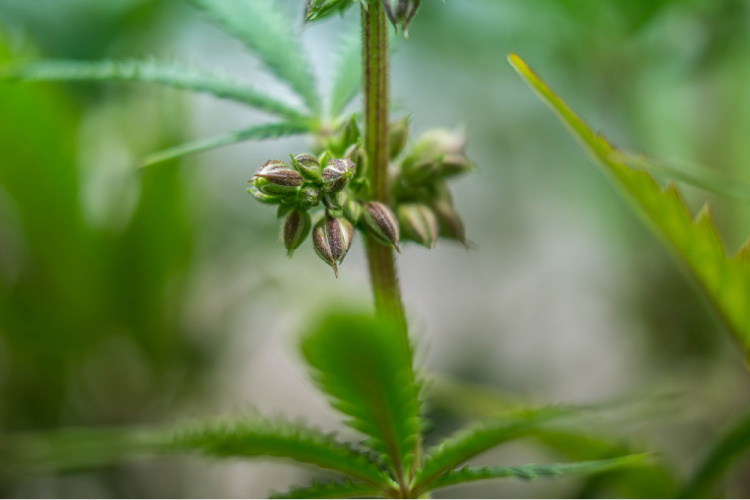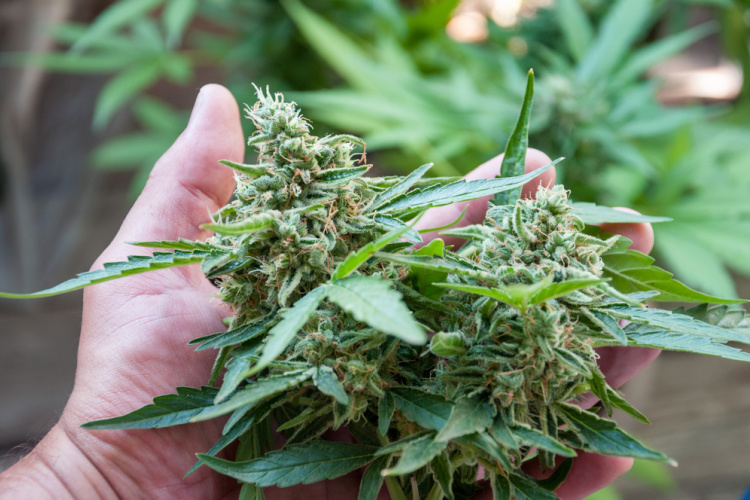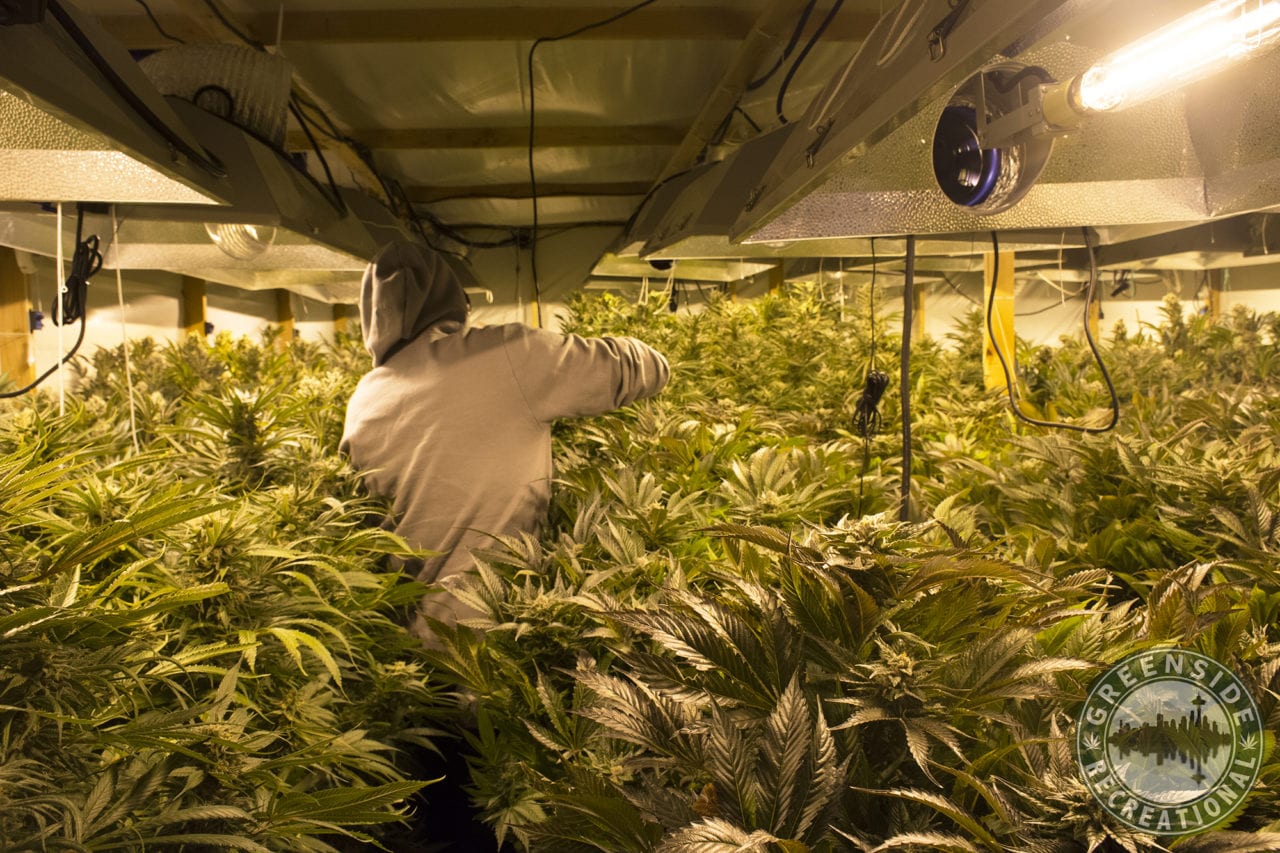For the average cannabis consumer, keeping track of cannabis strains can be a real headache. It may seem like there are new strains popping up all the time – because there are! But just where are all of these strains coming from?
Why Breed New Cannabis Strains?
Breeding new cannabis strains allows growers to explore new combinations of cannabis genetics. Combining two strains with unique genetics can reveal new flavors and aromas, alter cannabinoid levels, and boost total yields.

Strains have also been crossed with close relatives or other versions of themselves for improved health and fortification. This process can create new varieties of a strain that are nearly identical to the original plant but feature improved resistance to fungus, bugs, and other potential threats.
Each cannabis strain available today is derived from the breeding and crossbreeding of landrace and heirloom strains that once were native to very specific regions of the world such as Africa, The Middle East, Asia, and Latin America. Thanks to previous generations of growers that once traveled the world to collect these seeds, we now have a range of cannabis strains that have been crossbred many times over giving them unique flavors and effects.
How Does Cannabis Breeding Work?
Cannabis plants can grow to be either male or female. While only female plants are capable of producing buds, male plants produce pollination sacs that are critical to cannabis breeding.
In order to breed a new strain, you will need to have a male plant of one variety, and a female plant of another. A couple of weeks into their flowering stage, male plants will develop pollen sacs that can be easily identified with the naked eye. When these sacs are matured, they drop onto the ground and release pollen that spreads over the female plants, fertilizing them.

Typically, growers place one male plant in a grow chamber with several females, to ensure multiple plants can grow from one breeding attempt. A single male plant can pollinate tens of females. Growers typically only introduce one healthy male into the cannabis breeding environment in order to guarantee more stable genetics for all of the new seeds.
Once a female plant is pollinated, it does not produce the sticky buds that it would if left to grow on its own. Instead, pollinated female plants produce seeds that are a genetic expression of both their mother plant and their father plant.
Oftentimes, the traits and characteristics of the female plant tend to carry over more dominantly to the new progeny. Nevertheless, the traits of the male plant are still obvious in the genes of the new breed. Each seed carries a unique set of characteristics passed down from its mother and father resulting in many different ‘phenotypes’ of a single strain.
Breeding Strains Forwards And Backwards
The strains you are likely to pick up at your local dispensary are unlikely to have just gone through one single round of breeding. Most of the time, new strains go through several series of breeding in order to develop a consistent phenotype of high quality. Growers then select the best phenotype to carry on the genetic line.

Strains can also be bred backward. Once a grower has settled on a phenotype, they may then backcross that strain by breeding it with one of its original parents or another phenotype in order to strengthen its genetics and obtain more desired characteristics.
Cannabis breeding is often a long and strenuous process, but well worth it. With legalization, new strains and phenotypes are now being bred by both industrial and home growers. Expect to see more unique cannabis strains in the future!
Looking to see what strains are available now? Check out our Seattle dispensary online menu.





